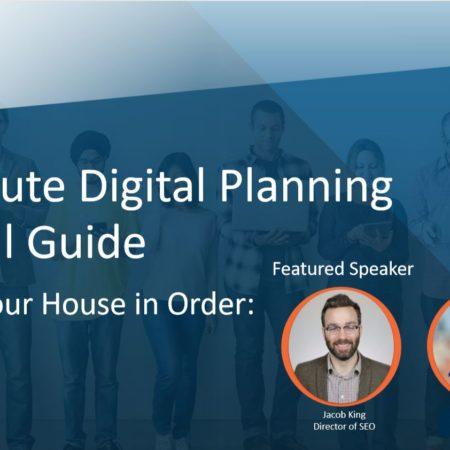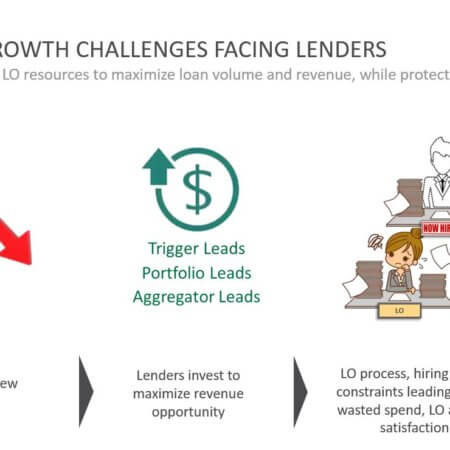There’s far more to search engine optimization (SEO) than simply getting your website at the top of the search results page. For starters, you need to make sure your site ranks for the right keywords to be found by the people who matter most – or, in other words, those who are most likely to click on a link to visit your site. And because Google’s algorithm prioritizes content that it perceives people want to see, as your website’s click-through rate (CTR) improves, your overall visibility will too. This leads to higher conversion rates – the real prize.
So, how can you make sure you’ve ticked all the necessary SEO boxes? Here are a few tips to get you moving in the right direction.
1. Avoid Keyword-Heavy Content
Keywords are an important part of SEO, but the days of keyword optimization – at least, in the form of keyword-heavy content otherwise known as “keyword stuffing” – are now long behind us. In fact, doing so will now likely get your website penalized by Google and negatively impact your search ranking. Not to mention, over-optimized titles and meta descriptions can seem overly curated and might come across as inauthentic by potential visitors to your site. And although there’s nothing wrong with including keywords in titles and descriptions, prioritizing readability should always come first.
2. Identify Low-Performing Content
Not all content is created equally, nor does it always engage your target audience in the way you expect. While you might consider low-performing content a fail, avoid the temptation to do so. Everything you do on your website provides an opportunity to learn more about your target audience, diversify your content offering, and evolve your overall SEO strategy. Being aware of your lowest performing content helps you become more effective and efficient. To evaluate content based on CTR, use the free Google Search Console.
3. Empower Your Target Audience
As search engines get smarter, people’s search habits inevitably change. Natural-language queries, for example, have started to become commonplace in the face of ever evolving mobile technologies. And as more people begin to play Q&A with their voice-controlled devices, digital content has no choice but to follow suit. This is just one reason why it’s become increasingly popular to use questions for article titles. Not only does this match up nicely with the Q&A paradigm we now live in, but these kind of long-tail queries also add a certain level of specificity and relevancy to search results, which, in turn, has been found to dramatically improve conversion rates. The goal of any SEO effort is to help your target audience find the most relevant content in the quickest way possible.
4. Try Numbered Lists
A recent study found that numbers in article titles – just like this one you’re reading now – boosts CTR by 36 percent. This stat helps explain why numbered lists are among the most popular written content formats today; after all, they are perfectly suited to the short attention spans of today’s over-saturated online consumers. Bite-sized chunks of content like this help them consume information in a more manageable way. Just remember that this format, while effective, is just one of many forms you should use to engage your target audience.
5. Leverage Power Words
There’s a lot of content swirling around. Some of it is great, but a good majority of it is pretty bad. Even great content may never get the attention it rightfully deserves if it’s coupled with a boring headline. Now, this isn’t to suggest that you become a steward of click-baiting, a deceptive tactic to trick people into engaging with content. However, knowing that headlines are the first thing people see in the search results means they should not be an afterthought. A powerful headline helps people relate to your brand while still creating a sense of urgency.
6. Make URLs Human-Readable
According to Microsoft, human-readable URLs (i.e. web page addresses) receive about 25 percent more clicks than generic URLs. Many content management systems automatically assign generic URLs to web pages by default, using ID numbers or posting dates to identify each page on your website. This kind of URL structure is not intuitive and won’t help support your SEO strategy whatsoever. So, be sure to manually change each URL on your site to reflect the headline on that page. If you’re faced with a long headline, feel free to omit minor connecting words like “a,” “the,” “or,” “and,” and the like. Doing so will not impact your SEO in any way.
7. Test Content Continuously
Digital marketers know that there’s no such thing as one-size-fits-all when it comes to crafting click-worthy website content. In fact, an element of experimentation happens every time you add new content to your site. Testing out a variety of messages or different ways of communicating your brand’s value proposition is a great way to assess what kinds of information perform best and drive the most valuable traffic to your site. Again, your priority is to help people quickly find answers to their queries. As you experiment with your website content, always keep your target audience’s needs and expectations in mind first.
Summary
Increased engagement is the end goal of any SEO effort. However, to reach that goal, you need to get people to your site first and then give them a reason to stay. Taking the time to optimize your website content to be more easily discovered in search results is the best way to convert clicks to customers – and often, the most economical. It may take some experimentation to find a formula that works best for you, but when you do, the results will be worthwhile.






